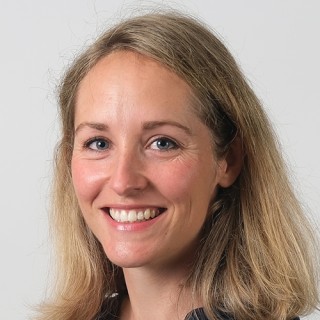Hole truths: The importance of soil judging competitions in soil management and skills development
Students, professionals, researchers, and government staff – from early-career scientists to seasoned experts – spent 3 days with their manuals and tools exploring the soils across Rotorua’s volcanic landscapes, uncovering how each soil was formed, their unique characteristics and capabilities, and their capacity to support sustainable land use and ecosystem services.
The programme blended teaching, mentoring, and competition to create a supportive and enjoyable learning environment. Organisations with sufficient attendees formed their own teams, if preferred, while the remaining participants were placed in carefully curated teams that encouraged new connections across disciplines, experience levels, and backgrounds. More experienced teams brought their own coaches, while newcomers were guided by our highly regarded pedologists and soil surveyors. One of the highlights for participants was the opportunity to engage directly with local soil science experts Professor David Lowe (Waikato University), Dr Scott Fraser (Bioeconomy Science Institute - then Manaaki Whenua), and Simon Stokes (Simon Stokes Consulting), whose decades of field experience offered context that brought the Rotorua soil landscape vibrantly to life.
On day three, participants put their new skills to the test, attempting full soil descriptions, classifications, and interpretations to the exacting standards of the chief judge (Dr Scott Fraser). Although competition day is primarily about testing knowledge and highlighting areas for growth, the chance to claim victory is always hotly contested by some, buoyed by the inevitable trans-Tasman rivalry. The format included team assessments of two different soils and an individual assessment of a third soil. Going solo in the individual event is always intimidating for some – especially those new to soil judging. But it often turns out to be the best way to grow confidence, and to identify which elements of soil assessment they’ve mastered and which still need work.
Glowing feedback confirmed the event’s success: the participants described it as training they would readily invest in again, and Pacific Island attendees were inspired to plan similar events back home. This outcome was only possible thanks to the support of generous sponsors and partners, including platinum sponsor Manaaki Whenua (now the Bioeconomy Science Institute), and bronze sponsors the Australian Centre for International Agricultural Research, the Australasian Soil and Plant Analysis Council, Australian Aid, B&P Consulting, and Landsystems.




Soil judging competitions are currently the only structured pathway for people to build or strengthen field soil skills through hands-on, mentor-guided learning. Interest in the 2024 event clearly signalled strong demand for these skills, with curiosity extending beyond soil science into unexpected fields such as civil engineering. Field-based soil skills and ground-truthed data are the foundation of sound land management; without them, decisions may appear credible on paper yet fail in reality. New Zealand needs professionals who can assess and interpret soils in the field, and those skills need to be maintained through regular practice.
Lincoln University has long run student-focused soil judging competitions, but incorporating the event into the biennial New Zealand Society of Soil Science conference and opening it up to working professionals is a more recent initiative. Its future growth and development will depend on the enthusiasm of people keen to get involved in its organisation, and the backing of sponsors who see its value. The next event will be held in November/December 2026 near Christchurch. Mark your calendars, get involved, and be part of it!
Here's a summary of the 2024 Moana Oceania Soil Judging Competition, by the numbers:
- 200 participants, including 35 teams, 80 students, 70 working professionals, 20 coaches, and 30 volunteers
- representation from 24 universities, 12 research institutes, 9 regional councils, 7 government ministries, and 6 consultancies
- participants from New Zealand, Australia, Fiji, Tonga, Samoa, Tuvalu, Vanuatu, Kiribati, and the USA.

